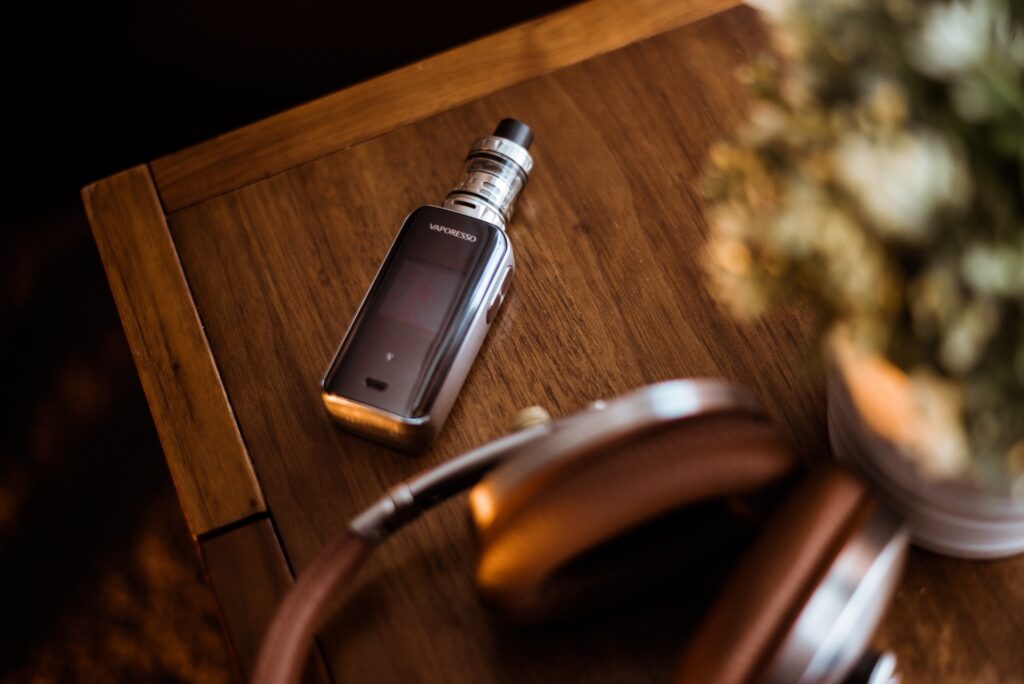Tobacco is addictive, poisonous and kills 6,000 British Columbians a year. Even so, more than 600,000 people in BC continue to smoke, with young adults showing the highest rates of smoking.
Even though young adults are a major marketing target for tobacco companies, there are few programs to support them. This is why BCAHL supports policies that restrict cigarette marketing to young adults.
But there is another concerning trend that we are seeing, especially with young adults: vaping. The Alliance is deeply concerned about youth and non-smokers who are trying and using electronic nicotine delivery systems, not only because evidence shows that those who vape are more likely to smoke tobacco later in life, but also because of the health risks associated with using vapour products.

Vapes introduce toxic chemicals to the lungs, which lead to respiratory and cardiovascular health effects. In youth, these chemicals interfere with brain development affecting memory, concentration and mood.[i] Youth are enticed to vape because of colourful packaging and flavours, with 90% of youth who vape saying they use fruit-flavoured cartridges.
For years, we have been told that e-cigarettes are less harmful than cigarettes. Those assertions were made with little empirical data, however. New research analyzing the actual health effects finds that for many diseases, e-cigarettes are nearly or just as bad as smoking. [ii]
Smoking continues to exact a high price; in fact, it costs the BC economy more than $2.7 billion annually in direct and indirect healthcare costs. While BC has made significant progress in tobacco control, given the lethality of tobacco products and associated health costs, we cannot afford to be complacent and must continue to strengthen efforts to bring down tobacco use.
There are ways we can build on our successful record and continue moving toward a smoke-free future.
BCAHL recommends the following policies:
- Raise the legal age to purchase tobacco and vapour products to 21 years.
- Ban fruit, candy and dessert flavours for vapour products.
- Enforce regulations that restrict the sales of vapour products to youth and strengthen restrictions of online sales to youth.
- Work with the federal government to apply plain packaging and health warnings to vapour products.
- Continue to raise taxes on tobacco and vaping products so prices keep up with inflation.
- Ban cigarette sales in pharmacies.
- Implement an annual cost recovery fee on tobacco manufacturers operating or selling in BC to fund tobacco control initiatives.
- Expand smoke-free housing options for tenants of condominiums, apartments, townhouses and other multi-unit housing types.
- Continue to offer and expand specialized tobacco cessation programs to high-risk populations.
- Make youth-related films with tobacco imagery ineligible for provincial film subsidies.
- Provincial ratings should make tobacco and vape imagery a criterion for 18A classification, except when showing historical figures and unambiguous depictions of the dire health consequences of tobacco use.
- End tobacco and brand placement by requiring producers to attest that each film is free of tobacco funding.
- Require strong anti-tobacco and vaping spots, at distributors’ and exhibitors’ expense: require film exhibitors and electronic media carriers in Canada to show a strong anti-tobacco and vaping spot announcement immediately before any film with tobacco or vaping imagery, regardless of its territory of origin, method of delivery to the carrier or age-classification.
- Provide ongoing funding to support cessation of vapour products with a focus on youth and other high-risk populations.
References
- https://bclung.ca/lung-health/tobacco-vaping-cannabis/
- Population-Based Disease Odds for E-Cigarettes and Dual Use versus Cigarettes https://evidence.nejm.org/doi/full/10.1056/EVIDoa2300229

